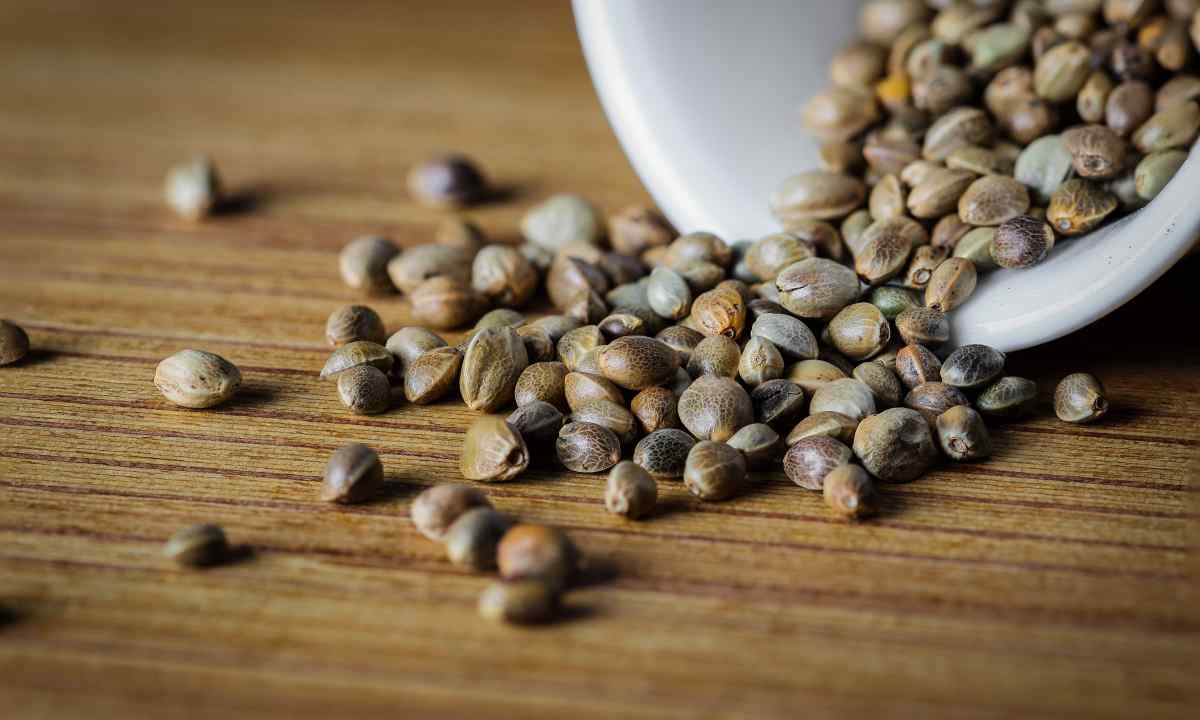Fatseliya – not only plant, beautiful, fragrant, but also extremely useful to any summer resident and the beekeeper. It is fine melliferous herb and siderat, enriching the soil on personal plot. The plant saturates soil with useful substances and cleans from bacteria and fungi. Originally sowing material should be bought, but then it is possible to collect fatseliya seeds independently.
What it is necessary to know about fatseliya
Grassy bushes of fatseliya usually one-year though at some species of this plant the full life cycle makes 24 months. Usually on personal plot the fatseliya plays 5 leading roles.
- Melliferous herb. Inflorescences are valuable melliferous herb, attracting large number of bees pollinators.
- Fighter against garden wreckers. Natural enemies of wreckers of plants are flown to smell of fatseliya: fir seed moths, caterpillars, plant louses and some other.
- The plant enriches the soil on kitchen garden with nitrogen. Besides, the fatseliya kills fungi, viruses, bacteria, purifying with that soil for the subsequent garden cultures. Neutralizing the increased acidity of the earth, the plant excludes emergence of nematodes and the wireworm therefore after it often put root crops: garden radish, potatoes, carrots.
- Forage for animals. Green material can be used as sterns for the cattle as fresh, and in the form of silo in mix with other plants. At the same time mow fatseliya before it blossoms;
- Ornamental plant. Fatseliya serves as decoration of garden thanks to beautiful blue, is more rare – to pink inflorescences in the form of small hand bells. Differs in wonderful aroma. Sectioned foliage reminds thuja branches a little that too is quite attractive to experts on landscaping.
Fatseliya seeds
As practice shows if on 1 hundred part of personal plot to seed fatseliya, and subsequently to dig over green material, it will be equal to 300 g of the first-class manure, peat or humus. Usually receiving 200 kg of valuable biomass requires about 200 g of seeds of fatseliya.
For carrying out several crops during the season for sideration usually there are enough 1-2 kg of sowing material, it is more – only if you are going to plant plants on forage animal or as melliferous herb for bees.
For the first landing the seeds can be bought at retail from other summer residents and also in beekeeping and livestock farms, shops for gardeners. Sowing material also spreads on the Internet.
When and how to collect fatseliya seeds
Collecting sowing material is recommended to be carried out after the first spring landing of fatseliya when seeds well ripen. Usually the plant blossoms 45 days, boxes ripen approximately in the middle of August. It is necessary to bring together them in dry weather that they were not damp – otherwise sowing material will be badly stored!
Signs of maturity of seeds of fatseliya:
- the seed box gets brown coloring approximately for 70%;
- the cone top has not grown brown yet;
- seeds are showered not in itself, and when grinding.
If to pass this moment, there will be self-sowing.
Dry cones of fatseliya should be scissored or garden secateurs in basket. It is necessary to work at the same time in gloves as the plant will be pricked. Collected vegetable parts need to be scattered in one layer on dry cloth or newspapers in the dry place for ripening and final drying. The room has to be aired well,
Elimination of seeds
Elimination of sowing material of fatseliya is complicated by the fact that cones have a lot of prickly chaff. Seeds can be got, previously stirring up boxes on sieve, then to vylushchit manually, having put on gloves. For storage sowing material needs to be scattered in the dry place layer no more than 30-40 cm. If it is not touched by humidity, then will keep viability from 2 to 4 years.

